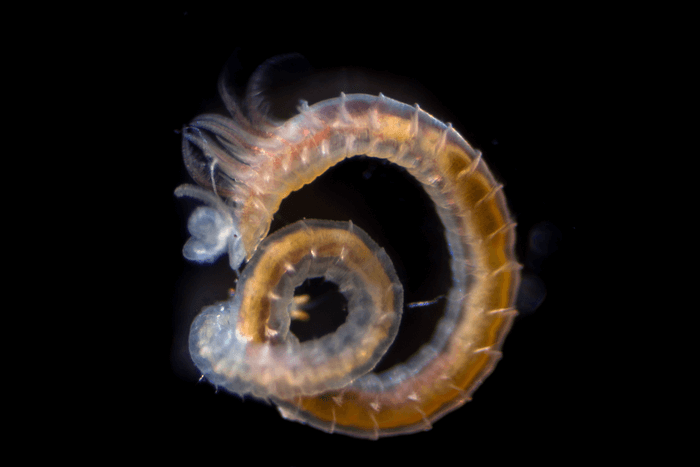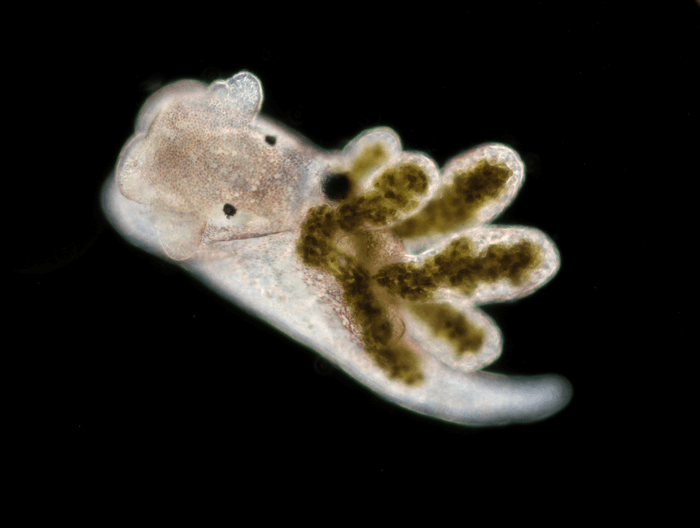If you follow or take a tour of Gut News (and we hope you will), you’ll quickly note that currently, “microbiome” is a favorite brainchild of medical science. Every day, understanding of its significance grows. New research from the University of British Columbia (UBC) has revealed that humans are not the only species with a microbiome. There is a vast diversity of animals which have distinct and diverse microbial communities.
Size doesn’t matter either. In fact, researchers show that even microscopic marine invertebrates, like the millimeter-long copepod, possess a robust microbiome.
Surprisingly, the scientists report little correlation between similar animals and similarity of their microbiota. “This says a lot about how microbiomes originated and how they evolve today,” says UBC evolutionary microbiologist Dr. Patrick Keeling, the study’s lead scientist, in a statement.

“People might intuitively think the purpose of a microbiome is to be of benefit to the host animal, and that they co-evolve together,” Keeling continues. “But the bacteria could care less about helping the animal host—they have their own agenda. Animals harbor a community of bacteria that are simply good at living in animals.”
When the UBC research group studied a variety of very small marine animals, they discovered that the creatures’ microbiomes differed from the microbes living in their surrounding environment. They often differed from the microbiome of even closely related invertebrates.
Dr. Keeling and colleagues sequenced the microbiomes from 1,037 animals from 21 phyla. Some of the lineages of animals sampled more broadly included Annelida (ringed worms), Arthropoda (the largest phylum in the animal kingdom), and Nematoda (a phylum of unsegmented, cylindrical worms). The researchers also collected samples from the surrounding habitats in British Columbia, Canada and Curaçao.

“Studying such a broad range of animals was crucial–in a smaller study a number of prevalent bacteria may have been mistaken for host-specific symbionts,” says Dr. Corey Holt, a postdoctoral fellow at UBC. “We found most bacteria were only present in some individuals of a species, and most of these were also present in other host species in the same environment.”
“This survey was designed to look at an incredibly broad diversity of animals,” adds Dr. Keeling. “The next step is to take a few of the more interesting groups and dig deeper to see how microbiomes evolved within that group, to clarify the time scales at which different evolutionary processes are operating.”
The study is published in the journal Nature Microbiology.
